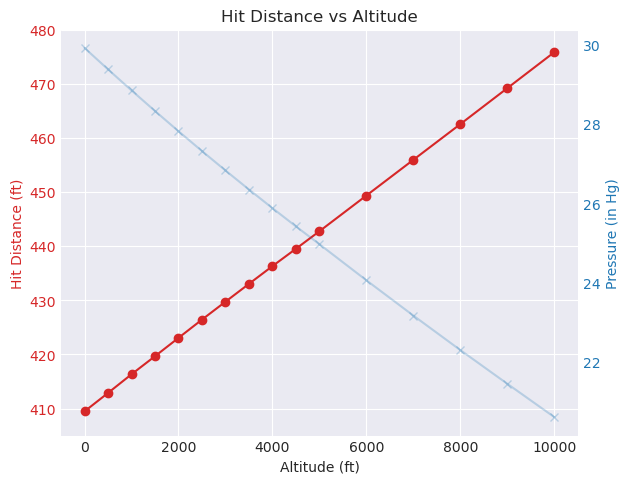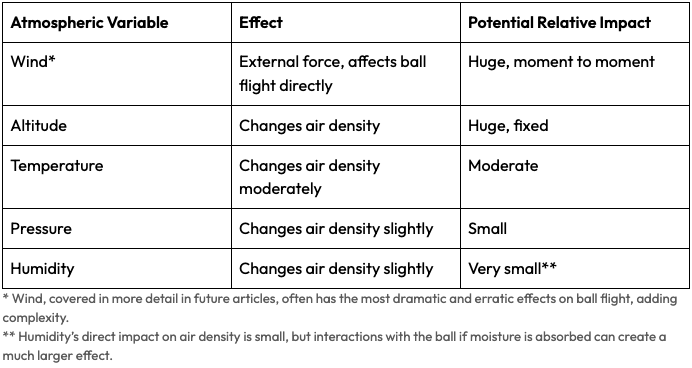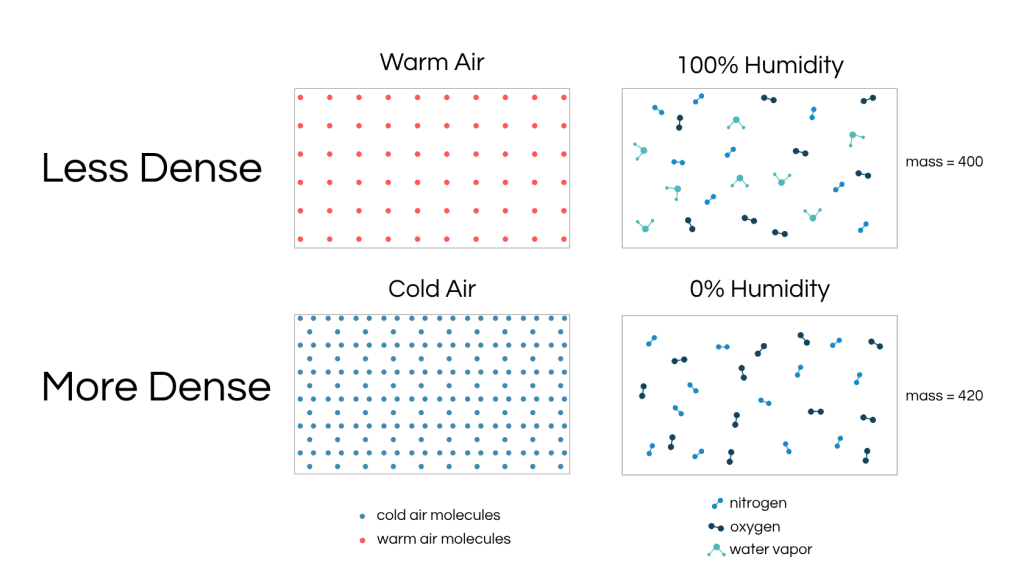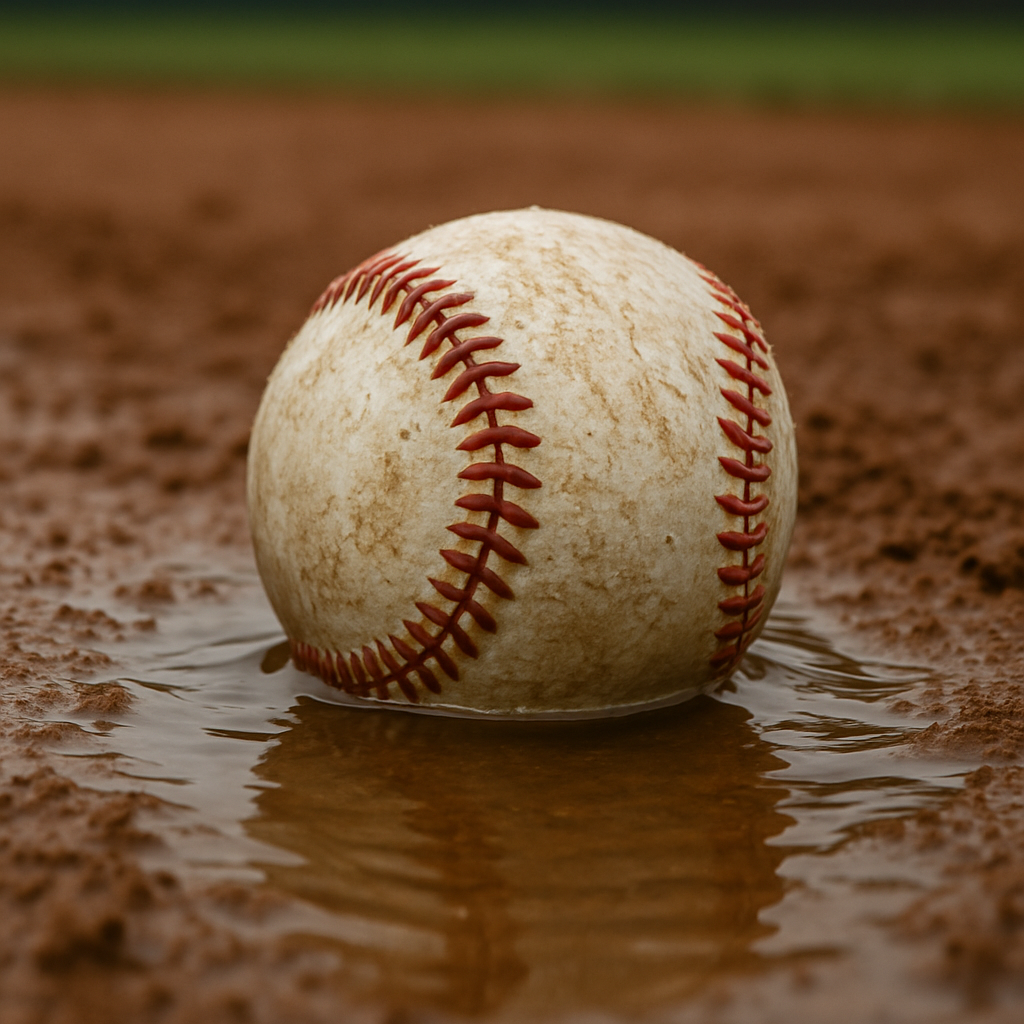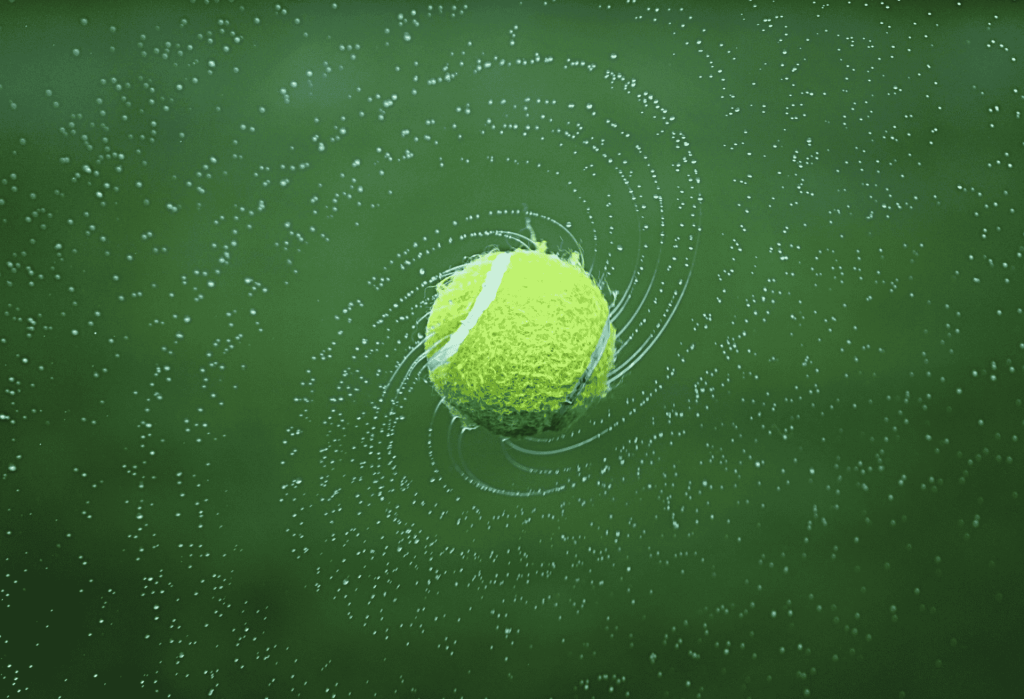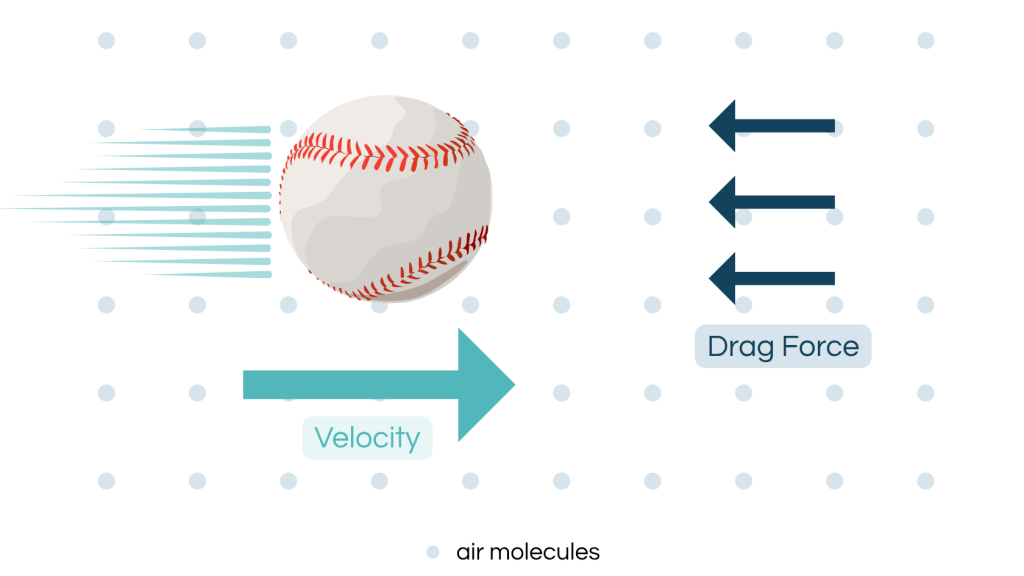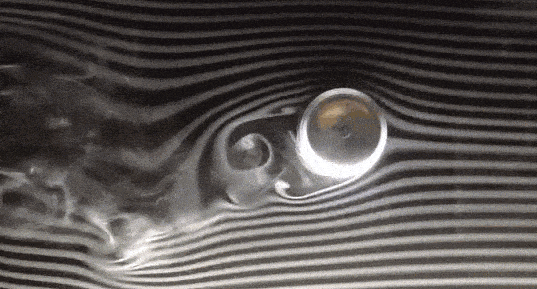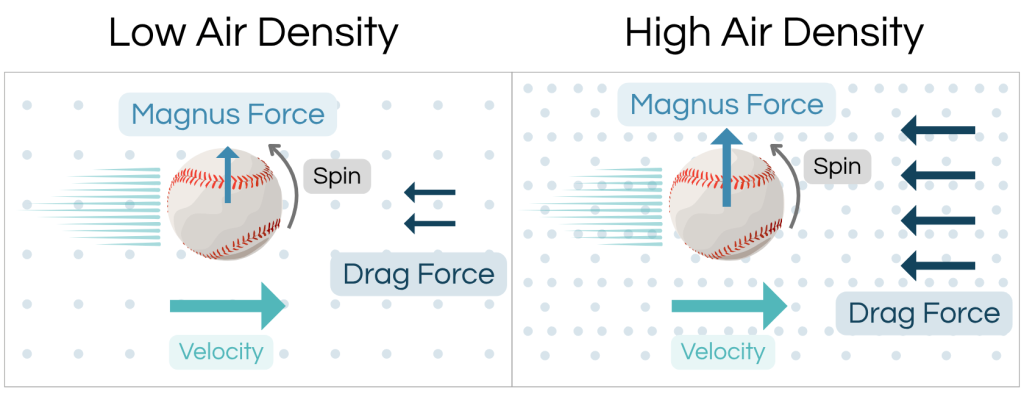
At Weather Applied Metrics (WAM), we help teams, broadcasters, analysts, and fans understand how weather impacts the games we love. We specialize in turning complex atmospheric dynamics into engaging sport-specific insights. Our work sits at the intersection of meteorology, aerodynamics, applied physics, and sports analytics — enabling players, teams, leagues, sportsbooks, broadcasters, and fans to account for weather as a measurable, modelable variable in performance.
Weather introduces variability. But variability is not randomness — it’s physics… and it can be measured, modeled, and even predicted. WAM’s mission is to make these effects visible, explainable, and actionable.
What We Do
Wind, temperature, humidity, and pressure don’t just describe the environment — they alter the trajectory, speed, and spin of the ball as well as the outcome of plays, games, and even seasons. Using sophisticated weather sensors at stadiums and venues, we are able to measure and quantify atmospheric conditions in real time. This data is integrated with a 3D “digital twin” of each venue using Computational Fluid Dynamics (CFD) models to reveal how wind and airflow interacts with the ball — and the game.
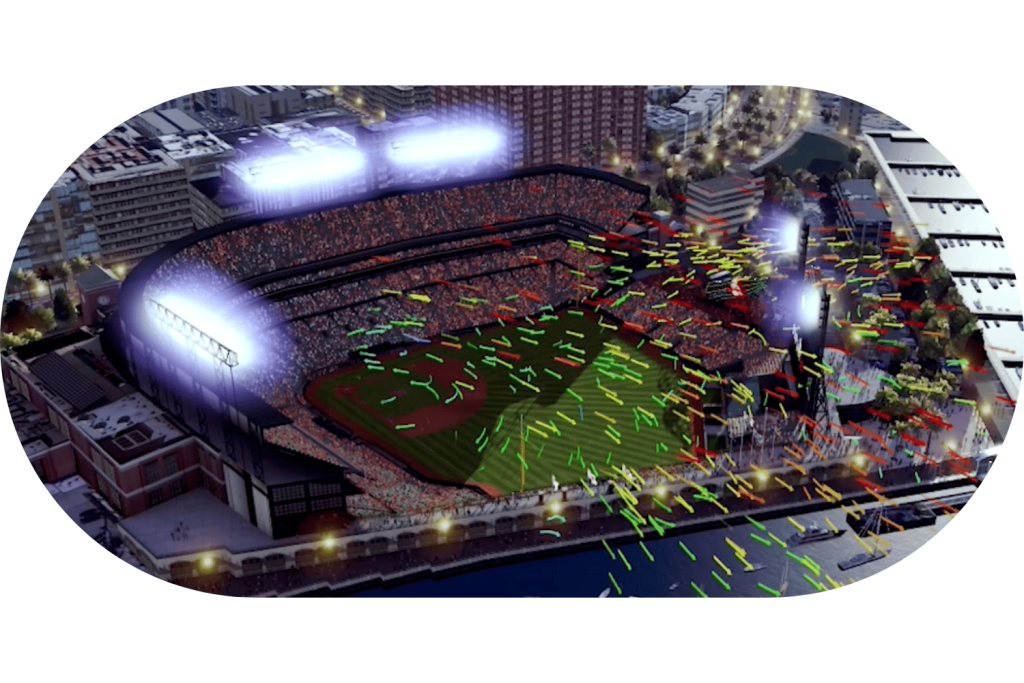
Our Expertise:
- High-resolution wind and weather models, tailored to sports performance, broadcast, and analytics
- Custom CFD (Computational Fluid Dynamics) simulations to analyze airflow in and around stadiums and venues
- Real-time ball flight impact metrics for broadcast, live betting, and tactical decision-making
- Predictive modeling tools for pregame strategy, betting markets, and scenario planning
- Historical reconstructions that isolate the impact of weather on performance and outcomes
Our data has been integrated into NFL, MLB, and ATP live broadcasts, and is utilized for advanced team analytics, professional golf coverage, and proprietary sports modeling systems.
Why It Matters
Contrary to common belief, it isn’t possible to accurately gauge the impact of weather by simply checking the local forecast or looking at flags flying near the stadium. Every venue contains a unique, invisible microclimate — shaped by its architecture, surrounding structures, and local terrain — that standard forecasts cannot capture.

From a baseball carried 12 feet farther on a hot, humid afternoon… To a golf shot knocked off line by a shifting crosswind… To swirling stadium winds enhancing the topspin on a late-match serve… Weather introduces variability. But variability is not randomness — it’s physics… and it can be measured, modeled, and even predicted.
Who We Are
WAM was founded by experts in atmospheric science, engineering, and sports analytics, with deep experience in real-time modeling and simulation. Our interdisciplinary approach ensures that our data provides engaging and useful sport-specific insights and storylines — not just abstract forecasts or weather station data.
Our team consists of physicists, engineers, meteorologists, sports scientists, and former professional athletes. Together we aim to measure and understand how weather influences player evaluation, performance, and outcomes.
We collaborate with professional sports teams, leagues, tech partners, networks, and broadcast teams to translate complex environmental interactions into valuable information that can be leveraged — on the field, in the booth, or behind the models.
What’s Next
This blog will serve as a place to share what we’re learning, highlight interesting case studies, and explain the science behind our work. We’ll explore airflow around stadium structures, the interplay of spin and wind, and how even subtle shifts in weather can shape performance in measurable ways.
Whether you’re a data analyst, broadcaster, coach, or simply curious — we invite you to follow along. Because when the wind plays a role, you should be able to #playthewind.
Click here to get our blog sent to your inbox, and follow us on X (Twitter) and BlueSky!



